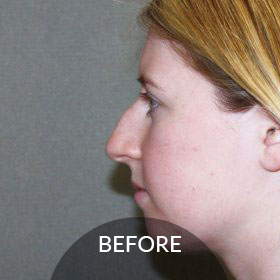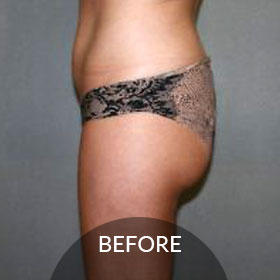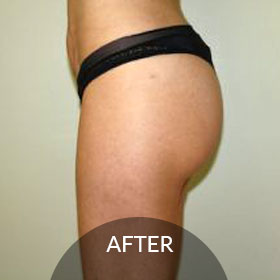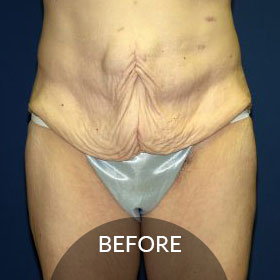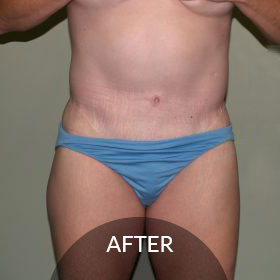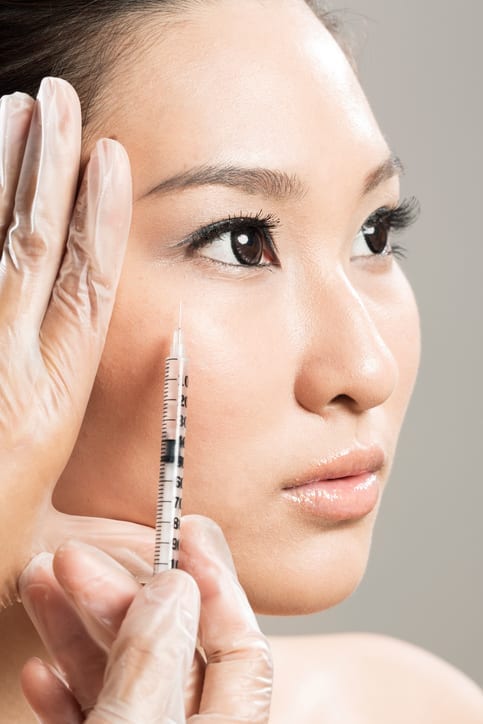While the battle isn’t as epic as Godzilla vs. Mothra or Batman vs. the Joker, there is an ongoing rivalry between different injectables. People sometimes get mixed up about the different injectables and what areas of the face they are meant to improve. Plus, there’s a difference within injectables between dermal fillers and neuromodulators.
Since Dr. Fedele offers different brands in each class, here’s a little information on the difference.
What Is A Neuromodulator?
If you want to get very simplistic, you can think of neuromodulators as the ultimate muscle relaxer, except they not only relax the muscles but temporarily paralyze them. The goal of these products is to stop a particular muscle from contracting. They do this by inhibiting the nerve communication, hence the term neuromodulator.
Certain wrinkles, called dynamic wrinkles, are caused by muscle contractions when we perform repetitive behaviors such as squinting and frowning. These expressions are formed mainly on the upper third of the face. Don’t believe that? Try squinting or frowning and feel which muscles accompany the action. When these muscles contract, they create a wrinkle on the surface skin.
Neuromodulators are made from the botulinum toxin type A. These are the same bacteria that cause botulism. During WWII research on this toxin showed that when it was injected in very miniscule amounts into a muscle the toxin temporarily stopped the muscle from contracting. They found that the botulinum toxin blocked the nerve in the muscle from sending a message to the brain to contract the muscle. Without the message, the brain didn’t send out the word to contract the muscle. Botox was born.
The FDA originally approved Botox for a treatment of involuntary eyelid spasms. But Botox became a rock star in 2002 when the FDA approved it for the treatment of facial wrinkles such as crow’s feet and the 11s (the lines between the eyebrows). Botox is now one of the world’s most famous brand names and is the year in and year out the world’s most performed cosmetic procedure.
Dr. Fedele offers Botox for his patients.
What Is A Dermal Filler?
A dermal filler takes a different approach to wrinkles. True to their name — these injectables fill the wrinkle from beneath. When skin is sun damaged or has lost volume, there is a depression on the skin surface, whether an individual wrinkle or an area. Dermal fillers are injected directly beneath the wrinkle or area with decreased volume. The filler “fills” space and pushes the skin back upward, erasing the wrinkle and filling volume.
Dermal fillers are either “natural” or “synthetic.” Natural fillers such as Juvederm are comprised primarily of hyaluronic acid. Hyaluronic acid is a naturally occurring substance in humans that is responsible for keeping the skin hydrated and plump. It does this by binding with water molecules under the skin’s surface.
In contrast, synthetic fillers are made of synthetic materials such as calcium microspheres.
Dr. Fedele offers the Juvederm family of natural fillers.
Now that you’re an expert on injectables, is there a wrinkle or crease you’d like to make go away? Call Dr. Fedele at 216-464-1616 and schedule an appointment.




